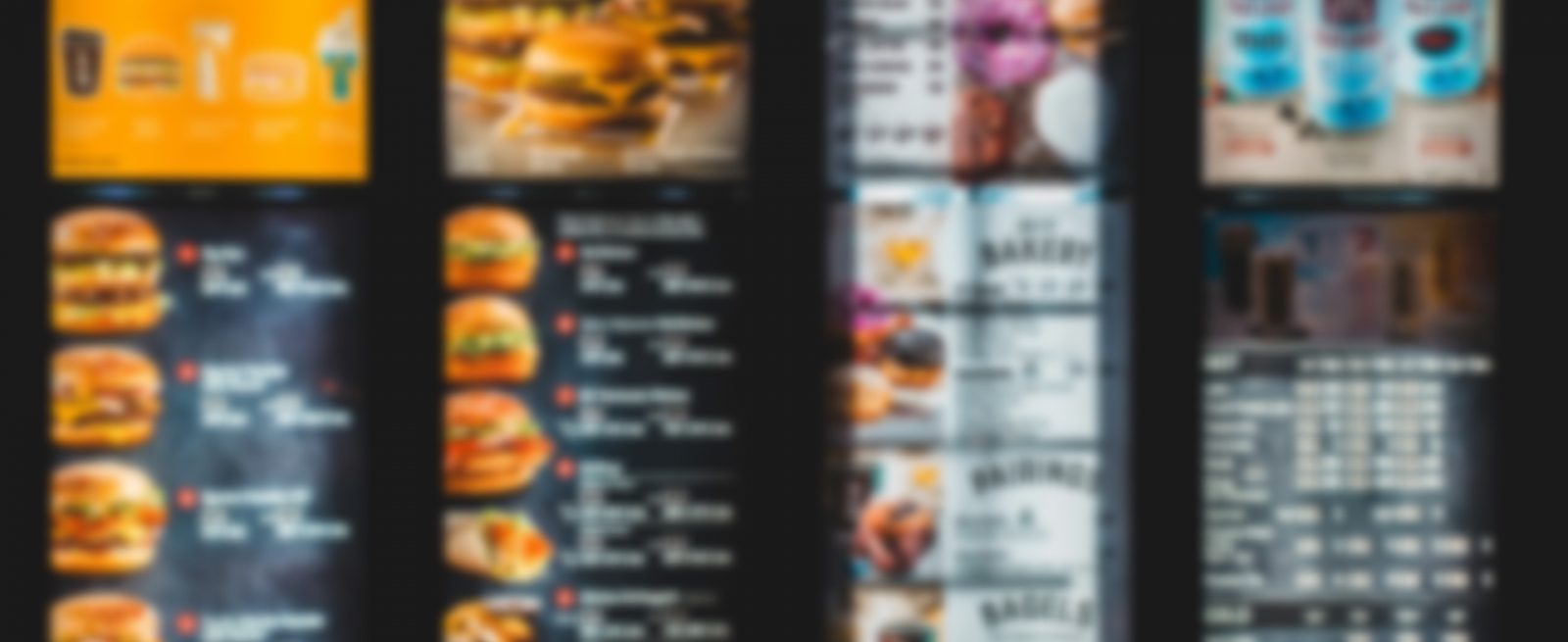Moves Modern Restaurants Are Making in 2024
3 Min Read By Misty Chalk
According to the National Restaurant Association, competition in the restaurant sector is strong. In fact, 45 percent of restaurant operators expect competition to be more intense than last year. Why? A chief reason is due to caution or uncertainty exhibited by conscious consumers, with 48 percent saying they are taking the ‘wait and see’ approach and holding back on spending in 2024.
So, what’s the solution? Bank of America suggests that technological innovation is the real game-changer, and it could have a big impact on the overall bottom line for restaurants in 2024. With that in mind, here’s a look at some of the moves restaurants are making to delight consumers and modernize operations, powered by technology.
Moving to Multichannel Dining Experiences
Dining out is… back? Some would say it never left but will acknowledge challenging times. Regardless of which camp you’re in, studies show that nine out of 10 adults believe that restaurants allow them to enjoy a meal they cannot easily replicate at home. While consumers might seek culinary experiences they can’t have at home, they have vastly different expectations for how they engage – whether via phone, app ordering, third-party take-out, or dining in, they want the same seamless interactions they’ve come to expect in all areas of their lives.
Restaurants know this, and it’s why they are focused on connecting the back and front of the house. Orders come from a multitude of places. Food availability is often in flux. Wait or dwell experiences can be dampened if take-out or remote orders get preference. It’s a delicate balance, so managing orders, operations and workflows must be a connected, data-driven effort, or restaurants risk poor experiences. They must also use data to help them better provide what consumers want. For example, in efforts to save money, might alcohol purchases go down but snacking and other food purchases increase? And, as a restaurant, how are you navigating that shift in behavior?
Moving to Interactive Menu Boards
Speaking of dining being back – it’s back to being… different. Interactivity is ascending to the top of many dining experiences – as a means to keep people at tables longer, engage large groups or families, and give patrons the power to control their environment. We’ve seen this trend take off at many quick-serve or fast-casual chains, where displays and screens provide entertainment value for patrons as they wait for their meals or decide if they are staying for dessert. Or, in some circumstances, allowing patrons to pre-order their food via these applications without engaging with waitstaff. However, the reach of these interactive experiences is extending beyond these locations and into restaurants, bars, and more.
A digital screen can show menu items and daily deals, transform into a song or media player for patrons to choose their entertainment, and even connect to live social media feeds so patrons can share their dining with the world. Experiences like these are here to stay as the lines between physical and digital media continually blur. This is worth considering for many modern restaurants where diners are on mobile phones and are familiar with QR codes or scanning menus, or those that run events such as trivia nights. Technology will be used to make the experience frictionless and interactive at the same time.
Moving Beyond Mobile Subscription Apps to Attract Patrons
No one is questioning the positive impact of a well-thought-out and intuitive mobile application. It has its place in the restaurant industry, particularly for quick-serve experiences. However, that’s not where all restaurant owners and managers should be focused for their operation. Interestingly, a survey from 2023 showed that promotional deals were cited as the program type that would most convince consumers to eat at a restaurant.
So, it’s important to get deals to consumers or find innovative ways to promote them within dining experiences. This can be achieved through digital signage applications. For example, a consumer walking through a mall might be undecided on their dining plans but leaning toward eating at home with the kids. As they are finishing a purchase and walking through the halls to the parking lot, a digital signage application promotes a deal for a restaurant in the mall – “show your receipt between 12 and 2 pm and receive a free appetizer with an order of main meals.” It gets better. With technology allowing closer to real-time offers, on a cold day, a restaurant could promote a new, warm, soup of the day for only a certain price per cup. That could then be switched over digitally during happy hour when it might promote a burger combo for the afternoon basketball game. Rather than expecting a customer to act on an old push notification on an app, you can reach them while in the middle of the decision-making process.
It will be interesting to see how this shakes out, but one thing is for sure. Whether a quick-serve or fast-casual drive-thru, or a fine-dining establishment, threading the right technological advancements from the back and front house will be critical to success in the years to come.


